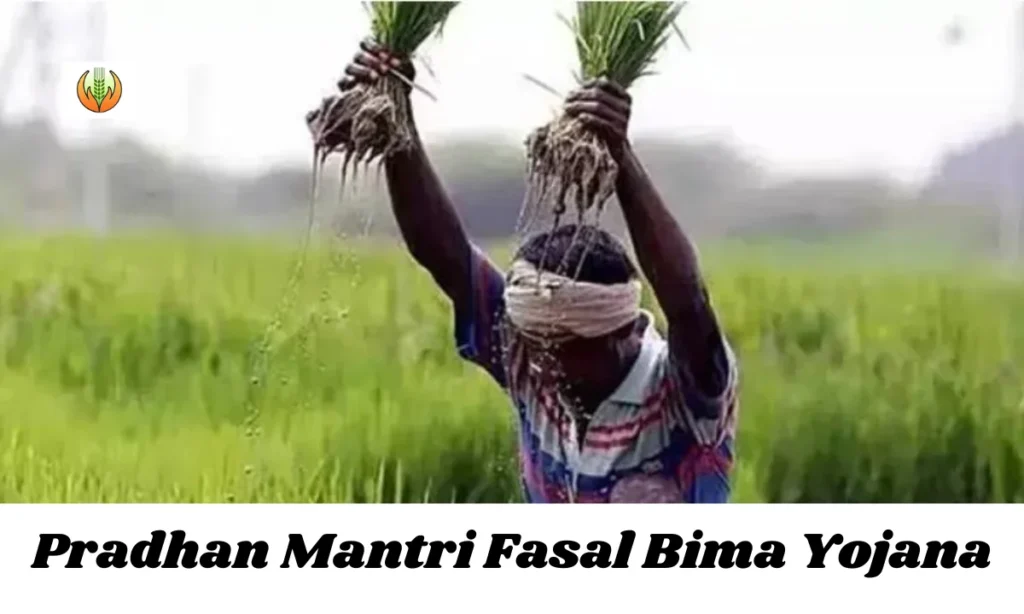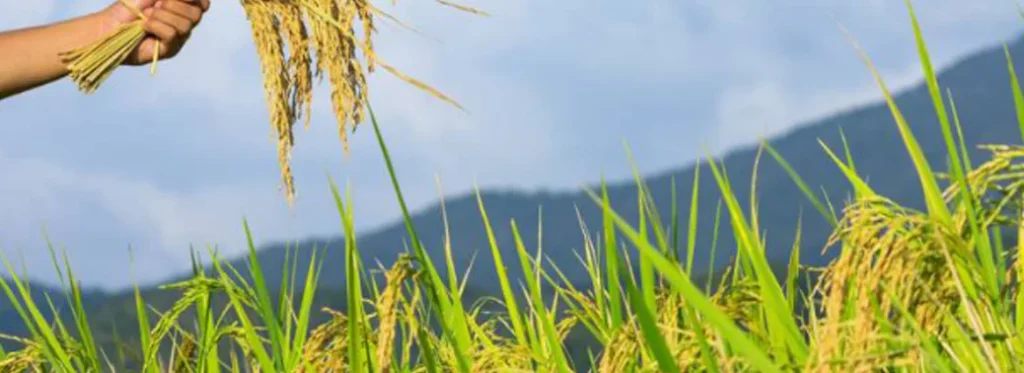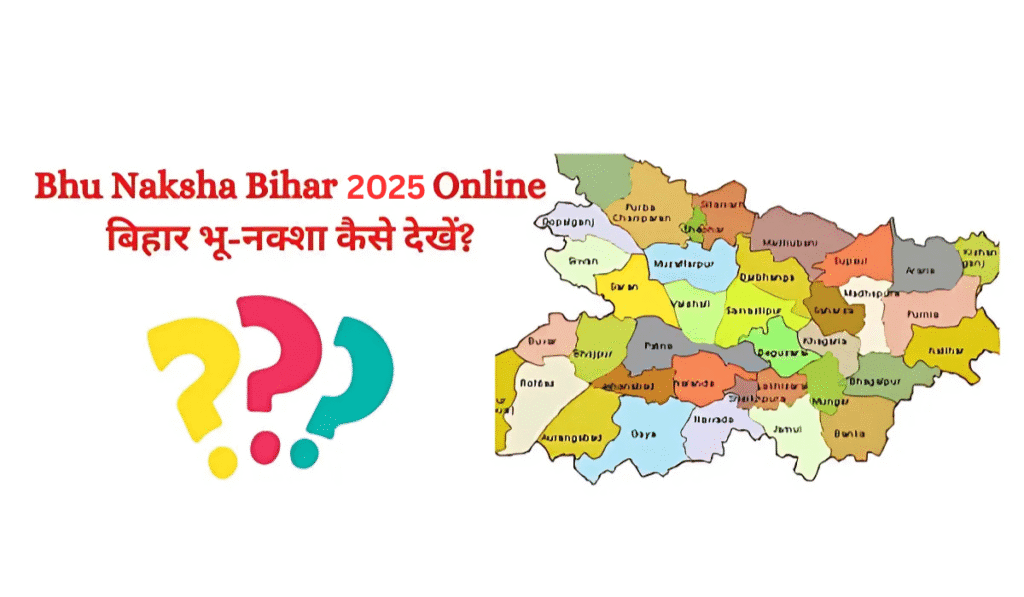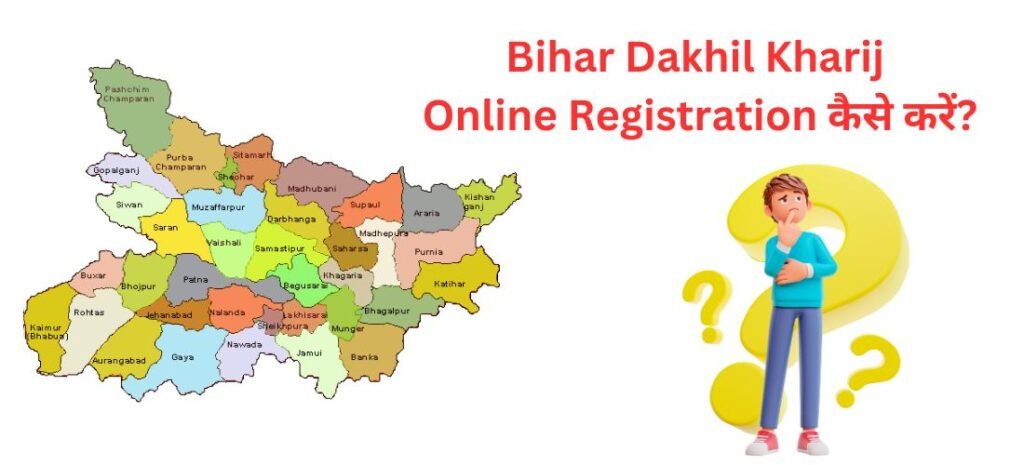
Pradhan Mantri Fasal Bima Yojana (PMFBY) program was launched in India by the Ministry of Agriculture and Farmers Welfare, New Delhi, during the Kharif 2016 season. The National Insurance company started participating in PMFBY from Rabi 2016 and has covered 8 states and 2 National Territories including 70,27,637 farmers in the last 5 seasons including Rabi 2016-17, Kharif & Rabi 2017, and Kharif & Rabi 2018. The farmer amount is Rs. 453 Cr plus Rs 1,909 Cr State/Central government subsidy, the total cost for 5 seasons is Rs 2,362 Cr
While the claims for Kharif 18 and Rabi 18 are still being processed, we closed the first 3 seasons with a total collection of Rs 18.04 Crore from 35,22,616 farmers, and payment demands of Rs 17,66,455 Crore from 17,66,455 farmers were unprofitable, meaning that about 50% of farmers benefited. The Department of Agriculture and Farmers announced a revised work order, engaging all stakeholders and providing access to diverse ideas. The same can be downloaded from www.pmfby.gov.in. Crop Insurance Scheme (RWBCIS) – see PMFBY website for details-
There are 2 schemes under the said operational guidelines-
- Pradhan Mantri Fasal Bima Yojana(PMFBY)
- Revised Weather Based Crop Insurance Scheme(RWBCIS)
Also Read:- Mahatma Gandhi National Rural Employment Guarantee Act (MGNREGA) || Movierulz APK
Objectives of the PMFBY

The primary objectives of the PMFBY are:
- To provide financial support to farmers in the event of crop losses, ensuring their financial stability and encouraging them to continue farming.
- To stabilize the income of farmers, protecting them from the vagaries of weather and other unforeseen events.
- To encourage farmers to adopt innovative and modern agricultural practices, as they are less susceptible to crop losses.
- To ensure the flow of credit to the agriculture sector, banks are more likely to lend to farmers who have crop insurance.
- To contribute to food security, by ensuring that farmers can produce adequate crops despite natural calamities.
Also Read:- Bihar Parvarish Yojana || What Is Cloaking In SEO & Why You Need It
Key Features of The PMFBY
PMFBY is a unique crop insurance program having the following easily identifiable features:
- One Nation, One Premium: There is a uniform pattern of premium throughout the country for the same crop. It ensures that all farmers pay the same premium for the exact levels of coverage bought by them.
- Area Approach: Crop insurance is provided on an area basis, meaning that through the use of satellite imaging and other such data, the government determines the insured area.
- Timely Claim Settlement: It aims at settling claims within a very short period to offer immediate help to farmers.
- Subsidized Premiums: Subsidization by the government of quite a large portion of the premium paid makes it affordable for farmers.
- DBT: The claims under this have been settled directly into farmers’ bank accounts, thus making the dealings transparent and leakage-proof.
Which type of Formers are covered under the PMFBY Scheme?
- Any former cultivating government-approved crops (notified crops) in a designated area during the season.
- This includes individual farmers, sharecroppers, and tenant farmers.
- Proof of land ownership (certificate or agreement) is required.
- Apply within 2 weeks of the sowing season to be eligible.
Also Read:-
What is the Process To Enroll In PMFBY?
Online Application:
- Visit PMFBY Website: https://pmfby.gov.in/.
- Farmer Corner: Click “Farmer Corner.”
- Register or Login: If new, register as a “Guest Farmer” and fill in your details. In the case of existing users, log in.
- Crop Selection: Select season and crop to be insured.
- Land Details: Fill in land details; probably through your Aadhaar number, which will be used for verification.
- Premium Calculator: It will calculate as per the notified rates.
- Payment: Pay online using a valid debit/credit card or net banking.
- Confirmation: A message will be sent after successful payment regarding the issuance of the policy document.
Offline Application:
- Visit the local branch of the bank/insurance agent empanelled for PMFBY in your area.
- Required Documents: Take along a self-Aadhaar card, land ownership proof, and bank account details
- Application Form: Fill up the prescribed application form of the Bank/Agent.
- Premium Remittance: Deposit the premium amount in cash or through a debit card in the Bank.
- Policy Issuance: The bank/Agent will process your application and provide you with the PMFBY policy document.
Cover crops
- Food crops (cereals, millet and legumes),
- Oilseeds
- Commercial/annual garden crops. The predictive model was valid.
Rate Of The Premium to be Paid By The Former :
| Type Of Crop | Kharif | Rabi |
| Food grains including Cereals, Pulses, and Oilseeds | 2% | 1.5% |
| Annual Horticulture and Commercial Crops | 5% | 5% |
Risk coverage (PMFBY):
- Yield Losses (Standing Crops): This covers losses due to natural disasters like drought, flood, hailstorm, pests, and diseases affecting the standing crop in a notified area.
- Intercepted Sowing/Planting/Germination: If the current situation of weather stops sowing/planting/germination, the scheme provides a partial payout.
- Localized Calamities (Individual Farm Level): This covers specific localized events like hailstorms or inundations affecting an individual farm within the notified area.
Exclusions under PMFBY:
- Losses due to War, Riots, or enmity acts are not covered.
- Malicious and Theft Damage: Losses on account of malicious destruction or theft of crops are not covered.
- Post-Harvest Losses: Losses after the crop is harvested are not covered.
- Risks associated with nuclear attack: It is unbound that any damage caused by nuclear attack or radioactive incidences will be paid for by this scheme.
- Other Preventable Risks: The losses arising due to negligence or improper care in agricultural practices are not indirmed.
- Specific Crops: Some crops may not be notified for any particular season/area.
Risks and limitations included in the PMFBY Programme:
The program covers the following crop risk levels leading to crop failure.
- In addition to the risks described below, the state has also added new risks.
- Permission was not given. 25% of the insurance amount will be paid and the policy will be deducted.
- Drought, flood, inundation, widespread pest and disease attacks, landslides, natural fires, lightning, storms, hail and hurricanes.
- Crops need to be dried in cut and spread/small baling conditions after harvest to avoid special conditions such as hail, hurricanes, cyclone rains, and unseasonal rainfall.
- There are risks such as earthquakes, floods, storms, and fire in the region due to lightning affecting the surrounding farms in the warning area. Large, verifiable countries may decide to provide additional insurance for crop losses due to wildlife attacks.
Benefits Of The PMFBY:
Insurance services protect farmers from economic collapse. PMFBY provides support regarding finance to the farmers in case crop loss/damage crops occurs due to some natural calamity. This can include drought, flood, hailstorm, cyclone, etc. The scheme of insurance aids farmers by recollecting themselves and continuing the activity of farming.
- Subsidized Premium Rates: Premium rates under PMFBY are hugely subsidized and billed at a low rate, to be pocket-friendly for farmers so that they can enrol under the scheme. This would encourage more participation and help more farmers take advantage of crop insurance.
- Risk Mitigation: PMFBY mitigates the risk of farmers, in particular those solely dependent on rain-fed agriculture, as because of this they become vulnerable in matters related to adverse weather conditions.
- Technology Integration: The incorporation of technology in PMFBY has made for prompt crop loss assessment and 921 swift claim settlement. This would help leverage remote sensing, drones, and mobile apps in crop-cutting experiments to reduce delays in processing the claims.
- Improved Coverage: PMFBY covers all food crops, oilseeds, and annual commercial/horticultural crops. This comprehensive coverage makes sure that a maximum number of crops and farmers get covered under the scheme.
- Encourages Agricultural Investment: With the assurance of financial support in case crops get lost, farmers are more likely to invest in better agricultural practices, inputs, and technologies, increasing productivity and rising income.
How to claim PMFBY?
Farmers are eligible for crop loss compensation under the following conditions that trigger the claim. Generally, farmers have to report localized damage or decline to insurance companies within 72 hours after harvest and in case of major damage, farmers are reimbursed at the end of the season.
- In case of major calamities, the state governments calculate the losses incurred based on this information and compare it with the initial rate of return.
- If the crop falls below the threshold, the insurance company will pay the loss to the farmer at the end of the season or within 21 days of the state government sharing the crop data.
- In case of an accident, farmers have to inform the insurance company within 72 hours of the incident.
- This can be done through the bank, tehsil farm office, or directly to the insurance company in the state.
Also Read:- What Are EDP Services? Exploring Career Opportunities and Benefits || MyFlixer: Enjoy Your Favorite Movies on It
FAQs
1:-Is the crop insurance mandatory?
Ans.- Crop insurance is mandatory to avail the crop loans from the rural financial institution. Other formers can also purchase crop insurance for the safety of risks.
2:-Is the PMFBY scheme subsidized?
Ans. – Yes, the PMFBY scheme is subsidized by the Indian government. In this scheme, both the State and the Central government provide the subsidy.
3:-Does PMFBY cover wind damage?
Ans. – Yes, PMFBY covers wind damage. Under this scheme, if the crop is damaged by wind, the scheme will pay out to farmers.
4:-Does this scheme cover drought?
Ans. – This scheme covers all natural calamities including drought.
5:-What is the share of the premium the former has to pay to the insurance company?
Ans. – The share of insurance premium depends on the crop. The maximum premium is 5% of the crop in this process, and farmers must pay the insurance companies.


